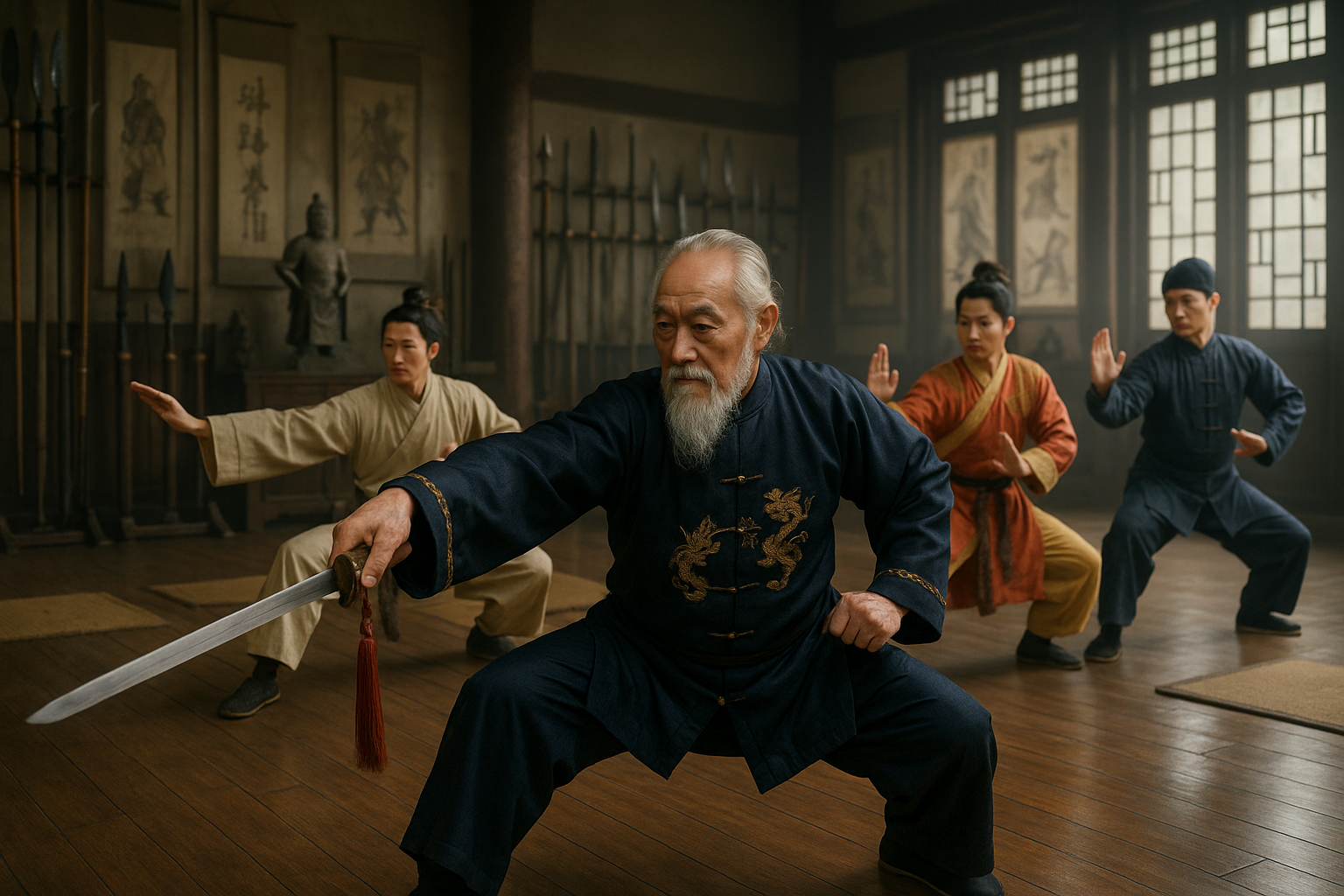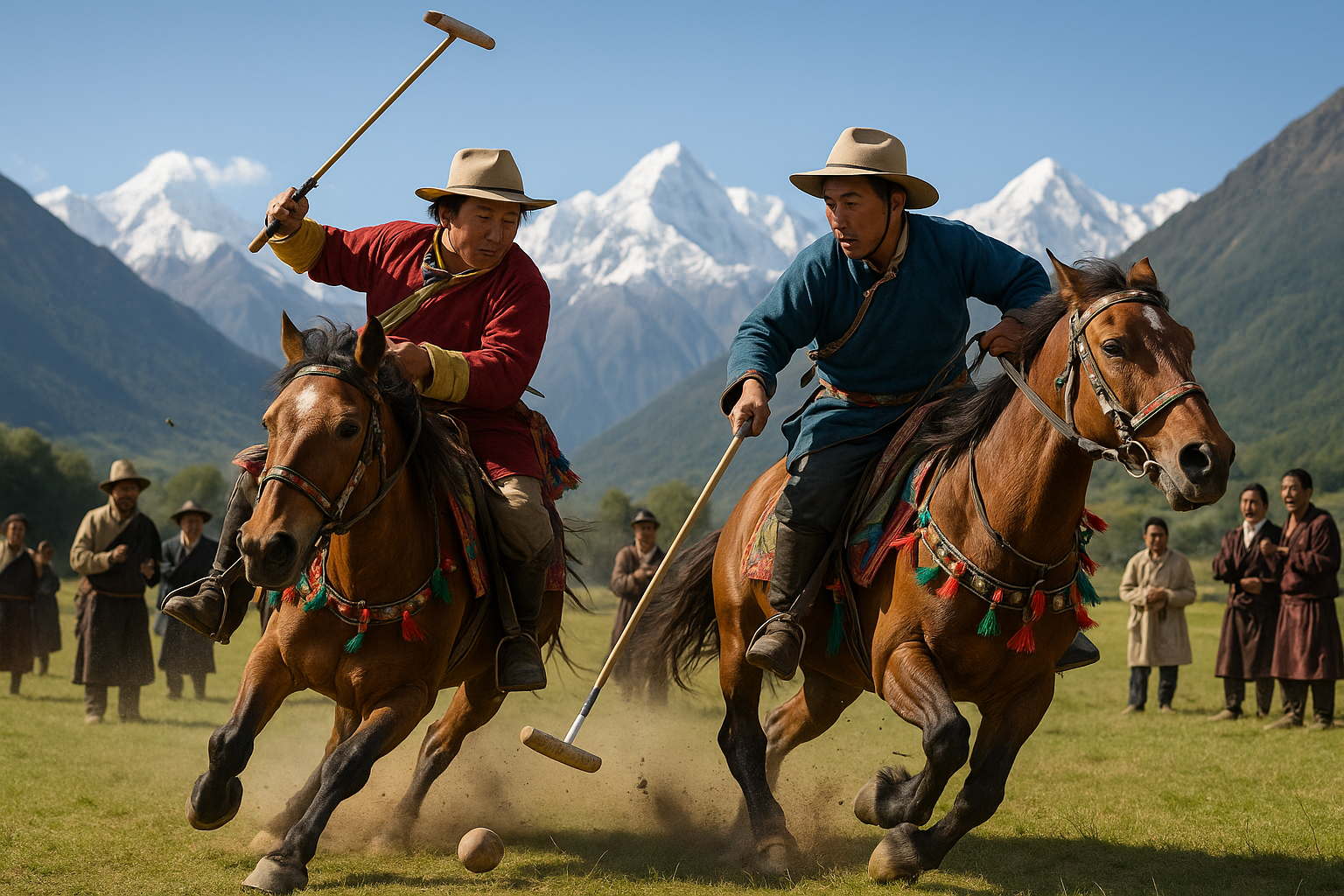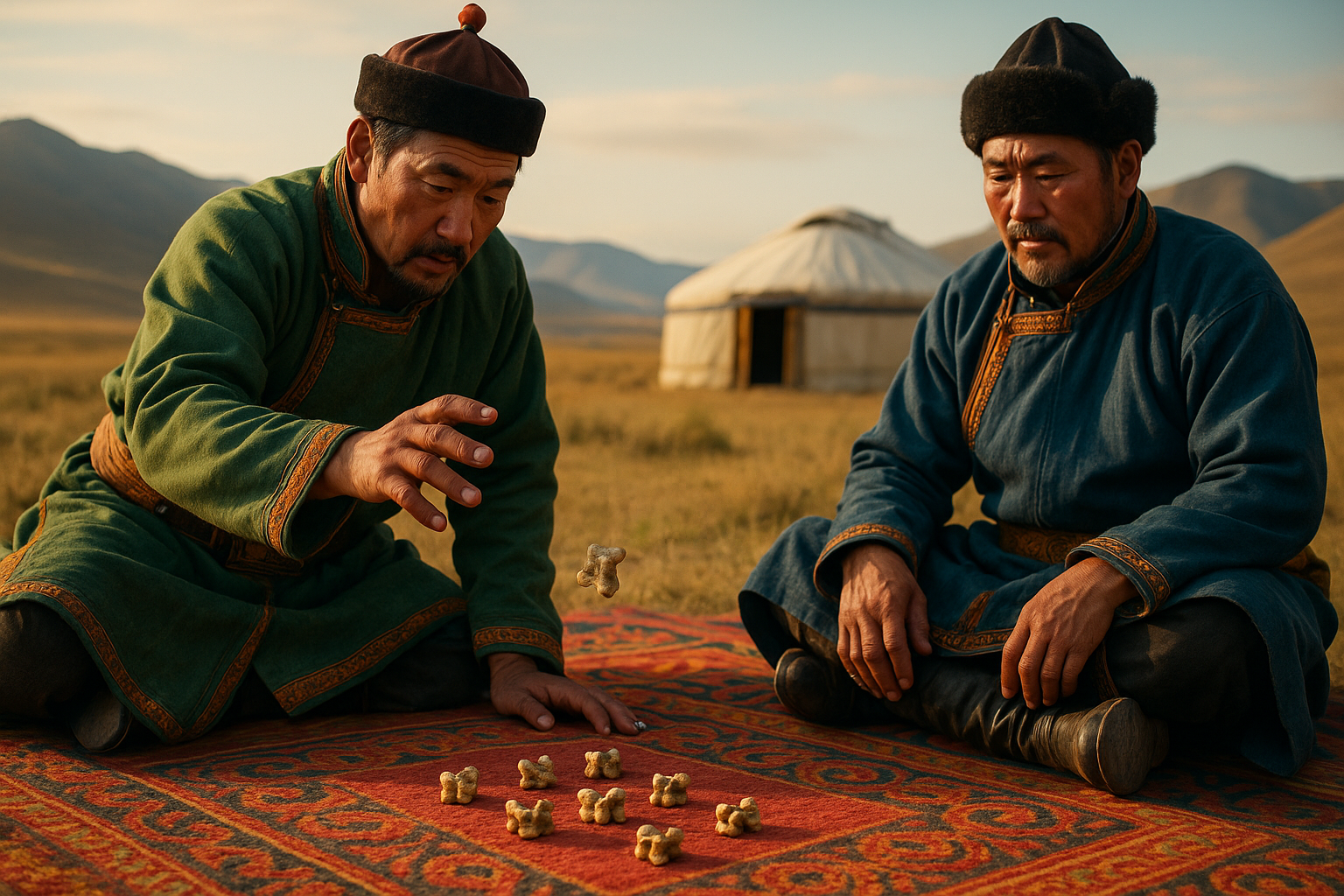Imagine a world where ancient warriors practiced their skills under the moonlit skies, their every movement a delicate dance of power and grace. This is the world of Chinese Wushu, a martial art steeped in history and legend, which has captivated imaginations for centuries. 🌙 The intricate techniques and philosophies of Wushu have traveled through time, evolving with each passing dynasty, yet always retaining their core essence—a harmonious blend of mind, body, and spirit.
As we embark on this journey to uncover the ancient roots of Chinese Wushu, we delve into a rich tapestry of history that weaves together the stories of emperors, monks, and common folk alike. This isn’t merely a tale of combat; it is a narrative of cultural evolution, a testament to the enduring human spirit and its quest for self-mastery. Throughout the centuries, Wushu has transcended its martial origins to become a symbol of Chinese cultural identity and philosophical thought.
The journey of Wushu begins in the misty depths of antiquity, during the Xia and Shang dynasties, where rudimentary forms of martial techniques were developed. These early practices laid the groundwork for what would become a sophisticated system of martial arts. We will explore how these primal techniques evolved during the Zhou dynasty, gaining complexity and becoming intertwined with philosophical doctrines such as Confucianism and Daoism.
The Han dynasty marked a pivotal era for Wushu, as it began to flourish both as a practical means of self-defense and as an art form. During this time, the Silk Road facilitated cultural exchanges, bringing new influences and techniques into China. This period saw the development of the Five Animal Styles, a cornerstone of many Wushu practices, each style embodying unique characteristics and philosophies. 🐅🐍🐒
As we progress through the ages, we encounter the legendary Shaolin Temple during the Sui and Tang dynasties, a sanctuary where monks perfected their martial skills not only as a means of protection but also as a path to enlightenment. The integration of Chan Buddhism with martial practices at Shaolin highlighted the spiritual dimension of Wushu, emphasizing meditation and mindfulness alongside physical prowess.
The Song and Yuan dynasties further enriched the Wushu tradition, with the introduction of new styles and weapons. It was during these times that Wushu began to be documented extensively, with manuals and treatises preserving the techniques and philosophies for future generations. This codification marked a significant step in transforming Wushu from an oral tradition to a formalized discipline.
The Ming dynasty heralded a renaissance for Chinese martial arts. Under the patronage of the imperial court, Wushu became a celebrated part of military training, with a focus on discipline and strategy. It was a time when legends were born, and martial heroes became cultural icons, their stories inspiring countless generations.
Finally, the Qing dynasty witnessed the proliferation of Wushu throughout China, as it became accessible to a broader population. Schools and academies sprang up, each with its unique interpretation and emphasis. This democratization of martial arts laid the foundation for the modern Wushu we see today—a vibrant, dynamic form of expression that continues to evolve while honoring its ancient roots.
In this exploration of Chinese Wushu, we will uncover the stories behind its evolution, examining how each dynasty contributed to its development. We will analyze the philosophical underpinnings that have shaped its practice, and how Wushu serves as a living testament to Chinese cultural heritage. Join us as we traverse through history, unlocking the secrets of Wushu, and discovering the timeless appeal of this extraordinary martial art. 🥋✨

Conclusion: Embracing the Timeless Legacy of Chinese Wushu
As we draw our exploration to a close, it’s evident that Chinese Wushu is not merely a form of martial arts; it is a profound tapestry woven through the fabric of China’s storied history. From its mythical origins to its evolution through successive dynasties, Wushu has continually reflected the cultural, philosophical, and social paradigms of its time. 🥋
Our journey through the annals of history revealed how Wushu was influenced by ancient philosophies such as Confucianism, Daoism, and Buddhism, each contributing unique elements to its practice and purpose. The various dynastic eras—ranging from the Han and Tang to the Song and Ming—witnessed the transformation of Wushu from a survival skill to an esteemed cultural treasure. As a practitioner or enthusiast, understanding these roots enriches your appreciation and enhances your practice of Wushu. 🌟
The significance of Chinese Wushu extends beyond its historical and cultural origins. Today, it serves as a bridge connecting people across the globe, fostering a spirit of unity and cultural exchange. Whether you engage in Wushu for its physical benefits, artistic expression, or spiritual depth, its impact is profound and far-reaching.
In an era where digitalization often overshadows traditional practices, preserving and promoting the art of Wushu is more important than ever. It is a reminder of our shared humanity and the enduring wisdom of our ancestors. We encourage you to delve deeper into this fascinating world, explore various styles, and perhaps even partake in Wushu practices.
To continue your exploration, consider visiting resources such as the International Wushu Federation and the Shuaijiao TV for more insights and updates on this vibrant martial art.
We invite you to share your thoughts and experiences in the comments below. What has been your most profound takeaway from the world of Wushu? How has it impacted your life? Your insights could inspire others to embark on their own journey of discovery. 💬
Please feel free to share this article with fellow enthusiasts and on social media platforms to help spread awareness of the rich heritage of Chinese Wushu. Together, let’s keep this timeless legacy alive for future generations.
Thank you for joining us on this enlightening journey through the ages. We hope it has inspired a deeper appreciation for the intricate beauty and enduring legacy of Chinese Wushu. ✨
—
Remember to verify the links and resources mentioned to ensure they are up-to-date and active. You can expand on each paragraph with more detailed insights and reflections, ensuring the conclusion meets your desired word count.
Toni Santos is a cultural revivalist, play historian, and kinetic storyteller who travels time through the games we left behind. With a deep reverence for lost pastimes, Toni excavates forgotten sports, ancestral competitions, and community games that once defined how people moved, bonded, and thrived. From ancient Mesoamerican ball courts to medieval street games, nomadic strategy contests, and pre-colonial ritual play, Toni revives rulebooks that were never digitized—and champions a worldview where games weren’t just leisure, but meaning, skill, and survival. Combining ethnography, movement studies, game design, and oral tradition, he reconstructs games piece by piece, consulting archives, elders, and fragments of folklore. His mission is not only to replay the past, but to inspire new generations to rediscover joy in rules that challenge, unite, and reflect forgotten values. At the helm of Vizovex, Toni documents these rediscoveries with playable guides, interactive reconstructions, motion-capture reenactments, and interviews with guardians of ancient play. His platform speaks to: Experimental game designers and kinetic anthropologists Educators looking to decolonize sports curriculums Movement artists and cultural preservationists Playful minds seeking what we once valued in the games we played Whether it’s reimagining a Viking endurance sport, mapping traditional Māori games, or crafting tournaments for extinct athletic rites, Toni urges us to move like our ancestors once did—and play with purpose again.




